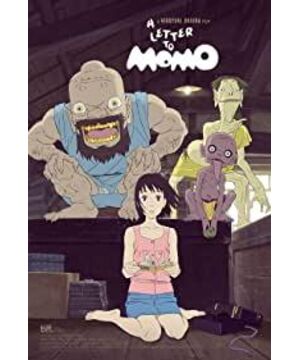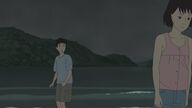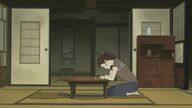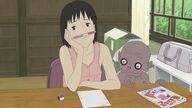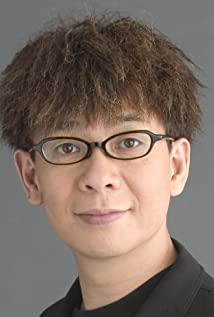A Letter to Momo evaluation action
2022-01-23 08:04
The film cleverly borrows several monster characters from Shintoism in Japan, and brings a touch of surreal animation to this realistic work, and it also brings this serious topic about melancholy and liberation, growth and searching themes. It's a little humorous. These monsters are hideous, but fiery-hearted, they are sentimental and righteous, and know how to give. It is not the first time that these monsters have been portrayed in this way in Japanese animation. These elves, which were originally used to scare people, have completely become the symbols of the unified consciousness of ugliness and beauty in the Japanese. Their encounters, acquaintances, mutual assistance, and separation with human beings have always become new stories.
From a future full of fantasy and darkness, Keiyuki Okiura returned to a small offshore island in Japan filled with the salty sea breeze and the atmosphere of the Nara mythological era. He described this warm and affectionate animation sketch with faint brushstrokes. The film is very delicate, the main line takes care of each other just right, and the theme of how to get out of the past is reflected everywhere, and the effect of moving in the tranquility of the Japanese is also very good. The character changes are very reasonable and comfortable, and the fantasy effect is also very simple and elegant. It is not a grandstanding but an opportunity to get out of the circle to solve psychological problems. The story is also very complete, and the handling of several key events is just right and excellent.
Extended Reading
-
Momo Miyaura: [last words to her father] You're selfish, and you're a liar. I don't care if you come back.


